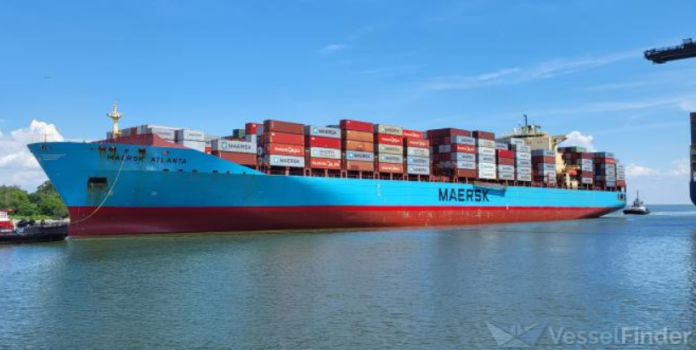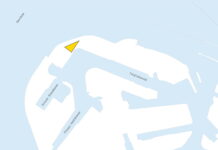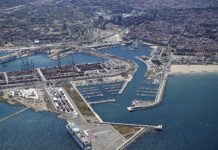
Maersk has begun a large-scale retrofit programme for around 200 vessels in its time-chartered fleet. Working with 50 different shipowners, the company aims to cut slot costs by boosting fuel efficiency and cargo capacity. The effort will also lower greenhouse gas emissions.
“Our medium- and long-term chartered fleet makes up a significant share of our operations and fuel use,” said Ahmed Hassan, Head of Asset Strategy and Strategic Partnerships at Maersk. “By working closely with our partners, we aim to implement solutions that reduce emissions and strengthen competitiveness.”
Maersk has pledged to reduce scope 1 greenhouse gas emissions by 35% by 2030 from a 2022 baseline. Hassan noted that while alternative fuels are crucial for Maersk’s 2040 net-zero goal, retrofits offer immediate impact: “Efficiency upgrades can deliver tangible progress towards our 2030 goal, both for owned and chartered ships.”
The programme covers more than 1,500 projects already completed and 1,000 more due by 2027. Costs are shared with vessel owners. “This model is a win-win,” Hassan said. “Maersk saves on emissions and fuel, while owners gain long-term value from modernised vessels.”
Retrofits include new propellers and bulbous bows, redesigned to cut drag and improve hydrodynamics. “Many ships were built for faster speeds,” explained Anda Cristescu, Head of Chartering & Newbuilding at Maersk. “Now that schedules are slower, replacing propellers and bulbs unlocks major efficiency gains.”
Other upgrades include waste heat recovery systems, shaft generators, and capacity improvements such as elevated wheelhouses, raised lashing bridges, and stronger deadweight capacity. Together, these retrofits aim to cut fuel consumption and maximise cargo intake, extending the competitiveness of Maersk’s chartered fleet.





